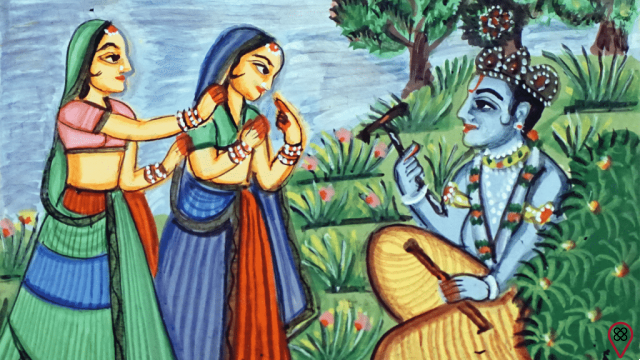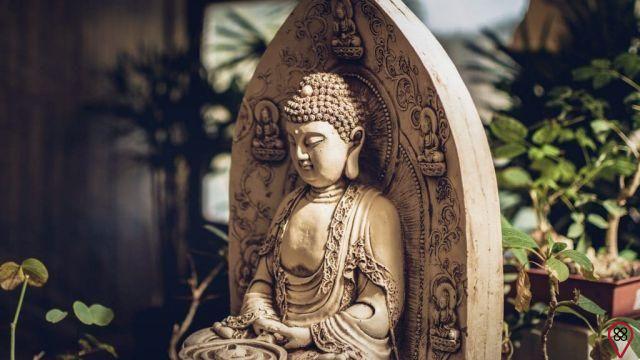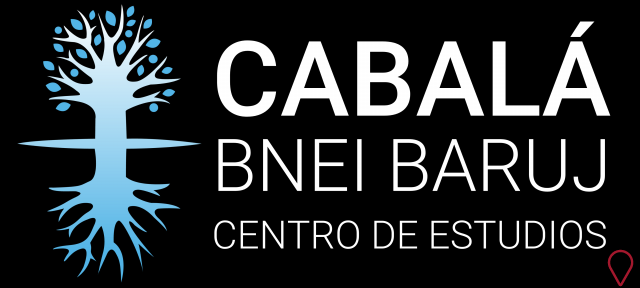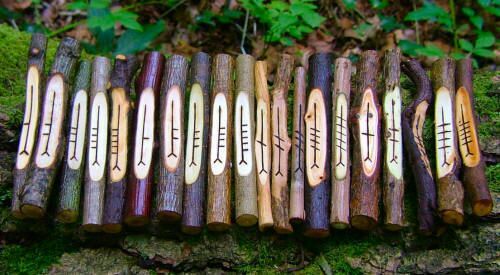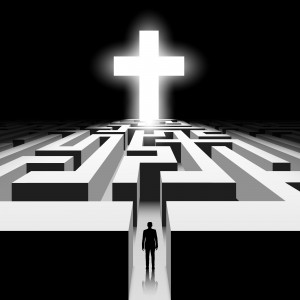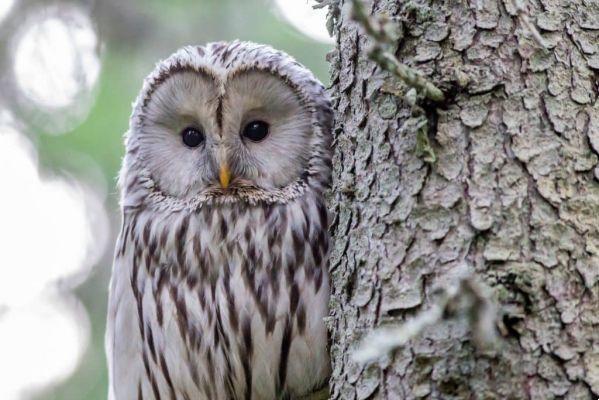When starting a spiritual journey and self-knowledge, at first we are introduced to a world of concepts, representations and other meanings, so that we can become familiar with this new universe. And spiritual symbols are some of those elements that we need to know better.
In this article, we are going to talk about these symbols and the power that each one exerts in our lives, and we will also give some tips on how to use them, to extract the best possible energy from them. Ready for this magnificent new journey? So come with us!
Om
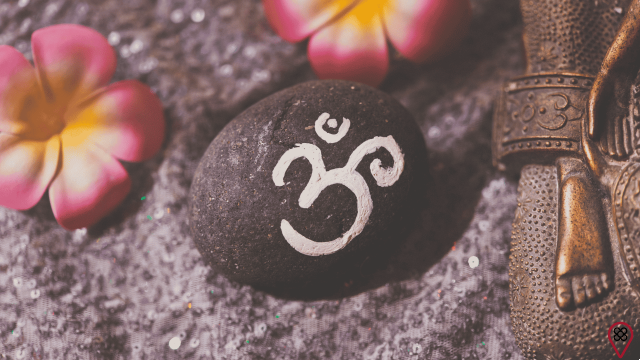
Very well known and widespread, this symbol originates from Hinduism, and we also find it in Buddhism. In fact, OM – also known as AUM or OHM – is a sacred sound, the sound of the Universe, and its vibrations have the power to unify everything and energize our body.
This is the holiest mantra in Hinduism, which represents the sound of the instant when all things in the Universe were created. Each of the visual elements that constitute it represents a different state of consciousness.
The OM is configured as a syllable that must be chanted in low vibration, in practices such as meditation and Yoga. It helps to increase concentration and energizes the chakras, as well as calming the mind and central nervous system.
In addition to being able to be invoked in meditation and yogic practices, as mentioned above, this symbol can be used in clothing prints (which are of good quality, not to fade), jewelry (as a pendant, for example) or in the decoration of environments, especially those made for prayer or meditation.
Lotus flower
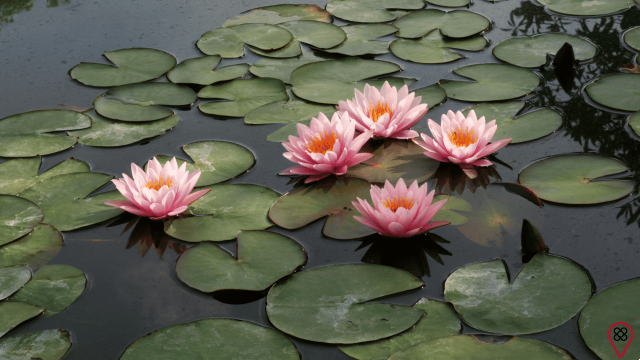
The lotus flower is another Hindu symbol and represents “the womb of the Universe, from which all things were born”. It is a very old symbol, being associated with purity, since, even being born in the mud, it remains intact. In Buddhism, for which it has a very strong meaning, it is a symbol of divine purity and enlightenment. For Hindus, it is related to well-being.
It is also associated with the life cycle, since its flowering is perennial and changes to adapt to the conditions of each time – for example, even though it dries up in autumn, it does not fall. This also evokes the idea of resilience. There are a number of other symbologies of this flower, such as wisdom, enlightenment, rebirth and spiritual awakening.
Among other applications, we can make use of the energy of this flower by doing the lotus position, one of the best known in Yoga. In addition to this traditional use, its seeds have medicinal properties, being widely used in traditional Chinese medicine to relieve diarrhea, coughs and inflammation, control blood sugar and cholesterol, reduce inflammation, among others.
We can also find this symbol on clothing prints, logos (especially for brands associated with Yoga, holistic therapies and psychology), jewelry and home decor. It is also a flower used in Feng Shui, symbolizing peace and harmony.
Hamsa

Also known as the hand of Fatima, the Hamsa is a very ancient symbol – it is believed to date back to 800 years before Christ. It is used in various religions and doctrines. In Islam, it represents the five pillars of faith; in Buddhism, it is called Abhaya Mudra, which means “without fear”; in Hinduism, it represents the supreme spirit or the supreme reality.
This element is believed to establish a connection with the divine. In addition, it presents variations, each with a function. For example, it can be composed of pigeon, fish, Star of David, Greek eye or sayings in the Hebrew language - it can represent peace, fertility, success, union of body and spirit, reception, among others.
Currently, Hamsa is used as a protective amulet, warding off negative vibrations, warding off the evil eye and envy, as well as balancing energies. That's why it's very common to be used in jewelry (such as pendants), accessories (keychains, doorknob pendants, etc.) or in home decor.
Buddha
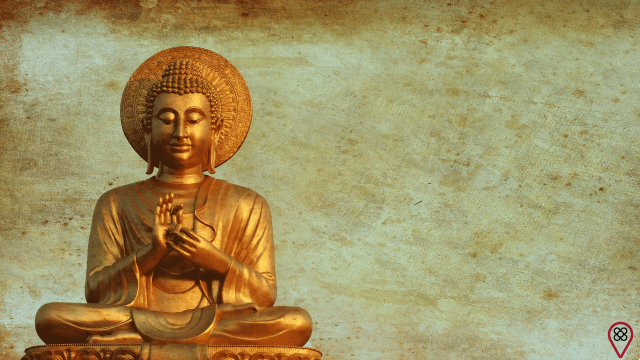
The term "Buddha" has its origins in Sanskrit - its meaning is "the one who became enlightened" - and refers to the young prince Siddartha, who one day left the palace where he lived, surrounded by luxury and well-being, to find a way to end human suffering.
His enlightenment came at the age of 35, when he became the Buddha and began to spread his teachings around the world. Buddhism is very much about balance and finding a path that frees us from suffering. That's why his image is very cult.
And bringing the Buddha image as a concrete object, we can use it in jewelry, prints and statues to decorate environments, especially those for spiritual rituals, Yoga and meditation.
According to Feng Shui, the ideal is to use the Buddha statue in front of the front door of the house, as it is a place that favors the interaction of his vibrations with the chi energy that enters our home.
Mandalas

Mandalas are circular designs very present in Hindu and Buddhist rituals. They are also often seen in Astrology and in esoteric cults. The term “mandala” comes from Sanskrit and means “circle”. This element is said to represent different aspects of the Universe, having the power to transmute suffering into happiness.
Among Buddhist monks, mandalas – which are made of sand – symbolize impermanence and the need to look beyond the material. They also represent our individual spiritual journey. In its composition, there may be elements such as lotus flower, wheel with eight spokes, bell, Sun, among others, each with a meaning.
These objects were very popular, and can be used in decoration, brand logos (associated with psychology, psychoanalysis, Yoga and other therapies), and even in education - both for teaching geometric shapes and for stress relief, with those famous coloring books, even for adults.
Healing mandalas are used for the purpose of meditation, to evoke tranquility, harmony, peace and contemplation, channeling our focus and concentration.
Greek eye

The Greek eye dates back a long time, having been widely used in Islamic rituals. This talisman, also known as the Turkish eye, eye of God and nazar, was already found in archaeological explorations in various places, such as Egypt, approximately 1.500 years before Christ. But there are finds from 3.300 years before Christ.
This circular object, in blue, black and white, has the power to drive away negative energies, such as the evil eye, and attract good vibes. It also has the power not only to scare away, but also to transmute what is bad into good.
The Greek eye can be used in necklaces, rings or bracelets and also in home decor, especially hanging on doors and windows (preferably at the main entrance). It can also be used as car mirror pendants, key chains, on the work table and wherever spiritual protection is needed.
chakras
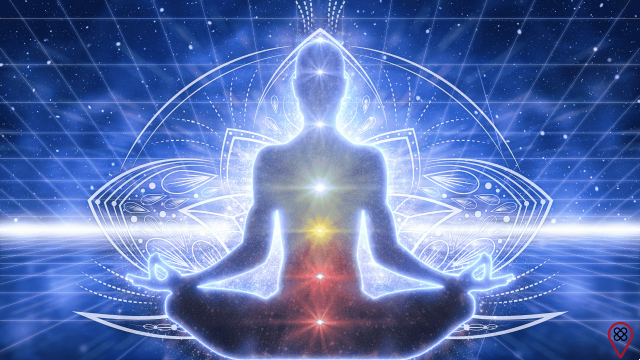
The chakras are most often associated with Hinduism and Buddhism. They are energy centers distributed throughout our body, and their function is to absorb vital energy, redistribute it and then release it to the outside.
The term “chakra” comes from Sanskrit and means “wheel” or “vortex”. There are 7 main chakras: basic, sacral, solar plexus, cardiac, laryngeal, frontal and coronary, each located in a specific point of the body, responding to organs of the lymphatic system.
The chakras are activated through rituals and must be aligned so that mental, bodily and spiritual balance is established. And this can be achieved with the practice of meditation, application of Reiki, use of crystal therapy and chromotherapy and chanting of mantras for each point.
Namaste
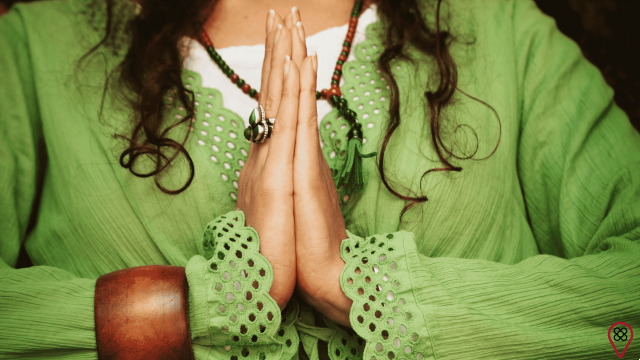
Namaste is a well-known greeting in the West, thanks to the popularization of Yoga and the lifestyle that this practice has brought us. This term originates from Sanskrit and, among the many translations, all associated with reverence, it can mean: "I bow before you".
Symbol of humility, respect and connection, it is used as a greeting when arriving or leaving, and can also have a broader meaning: “The God who dwells in my heart greets the God who dwells in your heart”.
Generally, this greeting is done together with a gesture with the hands – with the palms together in the form of a prayer and at the level of the heart chakra. It can also be pronounced with the hands positioned in front of the forehead or completely over the head. Its daily practice encourages us to live with more humility, respect, joy and gratitude.
Yin Yang
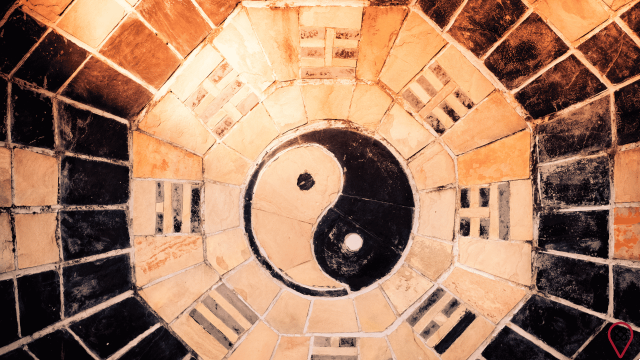
Yin and yang are two forms that come together in a circle, representing two opposing energies that complement each other in a continuous movement, according to Taoism. Yin is the black element, on the left side of the circle, representing the passive, the feminine, the cold, the night. Yang, in white, on the right, is light, active, masculine, energy.
This concept also appears in other philosophies, such as the principle of polarity, which preaches that everything is double, everything has its opposite, everything has its two sides, and one cannot live without the other, therefore being two extremes of the same thing. .
This symbol can be used in jewelry, clothing, home decor and tattoos. Not only your physical image, but the very symbol of polarity, balancing light and dark, cold and warm colors; curved and straight shapes; brightness and opacity; cold and hot… and so on. This technique is widely used by Feng Shui to bring harmony to the home.
You may also like
- Learn to use the lunar mandala
- Find out how your state of mind is
- Discover ways to keep a soul nourished
- See the origin of the shaman's power
Did you notice that, despite having different origins, several of the symbols mentioned here are connected to each other? They can be used together to bring even more good energies into your life. Try to combine some of them - or all - with wisdom and balance, and bring more positivity to your days!
Take the opportunity to learn more about these elements, with our content specially prepared for you!




